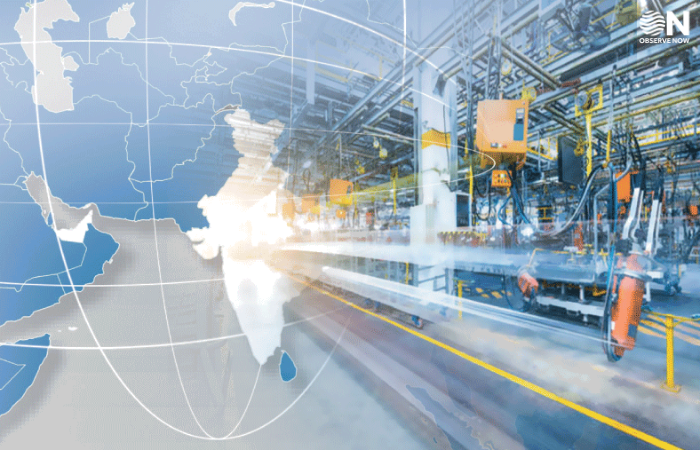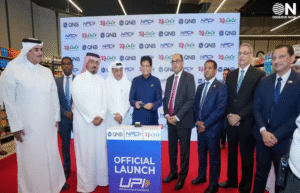5 Hiring Trends Defining the Future of Indian Manufacturing

As India pushes ahead with its vision of becoming a global manufacturing hub under initiatives like Make in India and PLI schemes, the sector is undergoing a tectonic shift in workforce strategy. With a renewed focus on advanced technologies, sustainability, and global competitiveness, manufacturers are reimagining who they hire, how they hire, and why. Here are five emerging hiring trends shaping the future of Indian manufacturing:
From IoT-enabled smart factories to AI-driven quality control, digital transformation is no longer a buzzword but a necessity. As a result, there’s a sharp rise in demand for roles like automation engineers, data analysts, robotics technicians, and cybersecurity professionals. Nearly 22% of all new hires in large manufacturing units now have a tech or data-driven background, up from just 9% in 2020. For example, Tata Steel has scaled up its recruitment of software engineers and data scientists for predictive maintenance and real-time monitoring of its blast furnaces.
With industrial corridors expanding in Tier-2 and Tier-3 cities, companies are actively recruiting from smaller towns and ITIs. This decentralisation is both a cost-saving strategy and a way to tap into untapped talent pools. Hero MotoCorp recently announced plans to hire over 2,000 freshers from rural and semi-urban ITIs, training them in electric mobility production for their new EV line in Andhra Pradesh.
Manufacturers are investing in earn-while-you-learn models, collaborating with skilling platforms and institutions to groom job-ready candidates. The NSDC reports a 28% increase in apprenticeship intake across automotive, electronics, and heavy engineering sectors in FY2024 alone. For example, Maruti Suzuki’s Training Academy in Gurugram, in collaboration with the Skill India Mission, has trained over 20,000 apprentices in CNC machining, welding, and automotive diagnostics.
Traditionally male-dominated, Indian manufacturing is slowly, yet steadily, seeing a rise in female participation. Sectors like textiles, electronics, and EV assembly are leading the way. A likely industry example would be, Foxconn India now employs over 30% women at its iPhone assembly facility in Tamil Nadu. Similarly, Ola Electric’s Futurefactory aims for an all-women workforce of 10,000 by 2025.
With ESG mandates and carbon-neutral goals gaining traction, there’s a growing demand for sustainability officers, waste management experts, and renewable energy specialists within core operations. A FICCI-Deloitte report noted that 41% of Indian manufacturers are actively hiring for green manufacturing or sustainability-linked roles. For example, JSW Steel has launched a dedicated hiring campaign for professionals experienced in carbon capture, green hydrogen usage, and ESG compliance frameworks.
As Indian manufacturing reinvents itself for Industry 4.0 and a sustainable future, workforce strategy is taking centre stage. From rural integration and gender diversity to digital-first roles and green specialists, hiring trends today are as dynamic as the sector’s growth trajectory itself. For job seekers, institutions, and policymakers alike, aligning with these shifts will be key to long-term success.
















